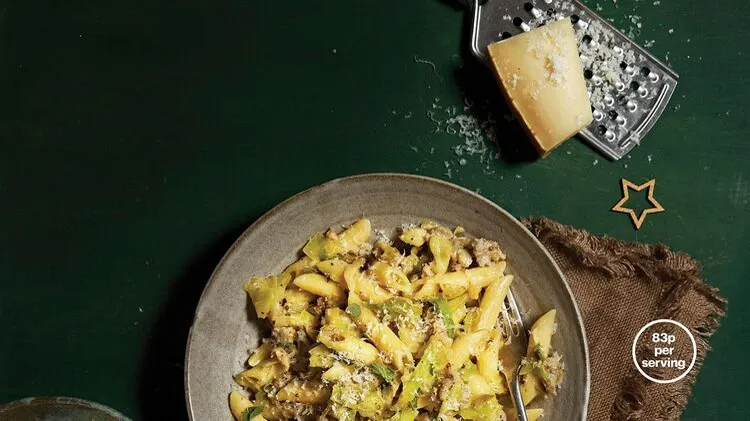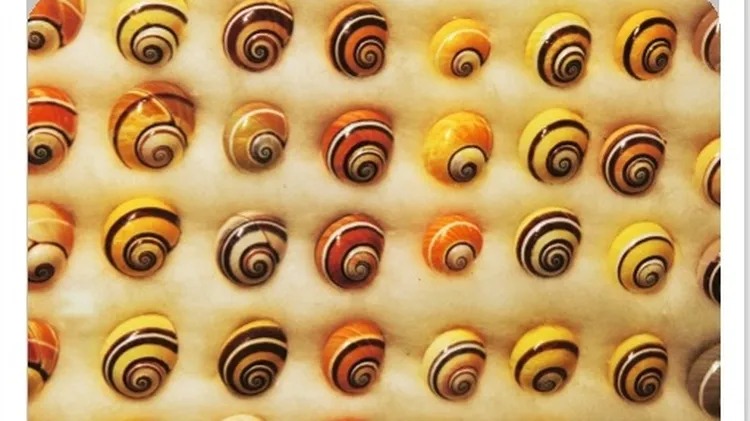Take extra care when using up the food in your fridge to avoid
How healthy are your leftovers?
3 min read
This article is from...
Read this article and 8000+ more magazines and newspapers on Readly






